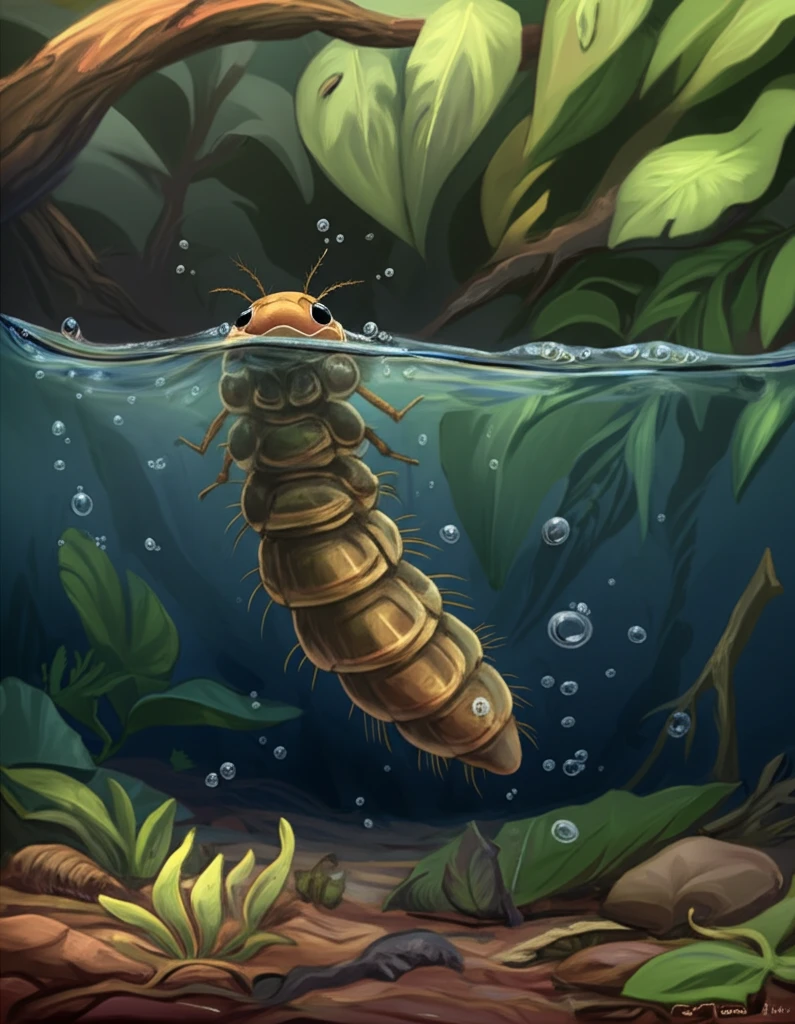
Are Tropical Waters Safe? Unveiling a New Tool for Detecting Water Pollution
"Discover how the Chironomus sancticaroli midge could revolutionize water quality testing in the tropics, safeguarding ecosystems and public health."
Our planet's waters are under increasing threat. As industrial, agricultural, and urban activities expand, they release pollutants into the environment, which eventually contaminate our rivers, lakes, and even the sediments at the bottom of these water bodies. These sediments are crucial parts of aquatic ecosystems, providing habitats for various organisms, including economically important species and those critical to the food web.
Protecting water quality is essential, leading to the use of aquatic test species in laboratory bioassays. These tests help derive toxicity data, which is then used to set regulatory thresholds for water and sediment. Aquatic insects are particularly useful in this regard, as they spend a significant portion of their lives in water, exposed to chemicals in both the water and sediment.
Among aquatic insects, the Chironomus species, a type of non-biting midge, are widely used in standard tests for water and sediment quality. However, most research has focused on species found in temperate regions, leaving a gap in our understanding of tropical ecosystems. Recent research is exploring the potential of the indigenous midge Chironomus sancticaroli as a candidate test species for tropical toxicity assessments.
Why Chironomus sancticaroli Matters for Tropical Water Assessments

A study published in the journal Archives of Environmental Contamination and Toxicology highlights the importance of using indigenous species for environmental monitoring. While chironomids are commonly used worldwide, the focus has largely been on temperate species like C. riparius and C. dilutus. This leaves a gap in understanding the specific sensitivities and responses of tropical species to pollutants.
- Sensitivity: C. sancticaroli showed comparable or even greater sensitivity to copper and cadmium than commonly used temperate species.
- Field Relevance: The midge was deployed in situ in the Monjolinho River, and sediment toxicity was evaluated in the lab, linking water and sediment quality parameters to observed effects.
- Local Conditions: The study considered local environmental conditions, such as pH levels and sediment composition, which can influence the toxicity of pollutants.
What's Next for Tropical Water Quality?
The study's authors emphasize that further research is needed to evaluate the suitability of C. sancticaroli for chronic toxicity assessments. Understanding the long-term effects of pollutants on this species will provide a more comprehensive picture of water quality and ecosystem health in tropical regions. By incorporating indigenous species like C. sancticaroli into standard testing protocols, we can better protect the unique and vital freshwater resources of the tropics.
